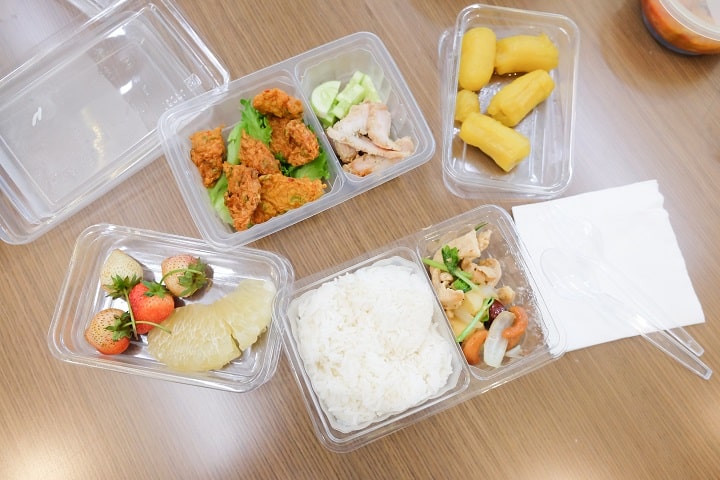Sign up for restaurant insights
Leasing property is a significant way to save money when you’re getting your restaurant off the ground. From property taxes to mortgage payments, the fees associated with buying a space for your restaurant can add up quickly. While renting a space has its benefits, do your homework before signing a restaurant lease to make sure you’re getting the best deal possible.
Here are a few tips to consider when negotiating a restaurant lease.
Nail down a start date for payments
Most landlords are flexible when it comes to your first few months of rent, especially if the space has been empty for some time or needs to be fixed up before your restaurant is up and running. Ask your landlord to waive rent payments for the first 60 to 90 days, or at least until your doors open for business. The short break on payments will give you a chance to invest in more pressing needs, such as construction, hiring and training, before your grand opening.
Split up repair costs
Hash out who is responsible for repair costs to the space before signing a lease. If you need to make significant repairs to the plumbing or heating system, ask if the cost of repairs can be deducted from your rent. In many cases, the landlord would rather provide free or reduced rent than shell out the cash for repair work. Negotiating these costs ahead of time can offer tax benefits and will work out in your favor a major repair is in order.
Ask about percentage rent
Once your restaurant’s sales reach a certain level, some landlords may require you to pay them a percentage of your revenue – otherwise known as percentage rent. While the percentage charged varies by location, restaurant owners on a percentage rent plan pay an average of five to eight percent of their annual revenue.
One downside to percentage rent as opposed to fixed rent is that it can limit your flexibility moving forward. Instead, negotiate with your landlord to see if he or she will swap out percentage rent in exchange for help with other expenses such as property taxes or insurance. Another option to propose is prorated rent. Instead of basing rent payments on your restaurant’s revenue, prorated rent enables you to pay reduced rent in the beginning of your lease before the landlord raises payments in the subsequent years. This type of payment plan helps free up capital as your restaurant gets off the ground.
Avoid a lengthy lease
When it comes to opening a restaurant, these six steps will put you on the path to success. Still, it’s best to avoid a long-term lease in case you find a better location. Lock in a one- or two-year lease to ensure you aren’t stuck paying rent long after you’ve left the space.
Offering takeout and delivery options from your new restaurant is a great way to bring in additional revenue. Sign up with Grubhub for Restaurants to reach new customers and build a loyal following for your new restaurant location.






